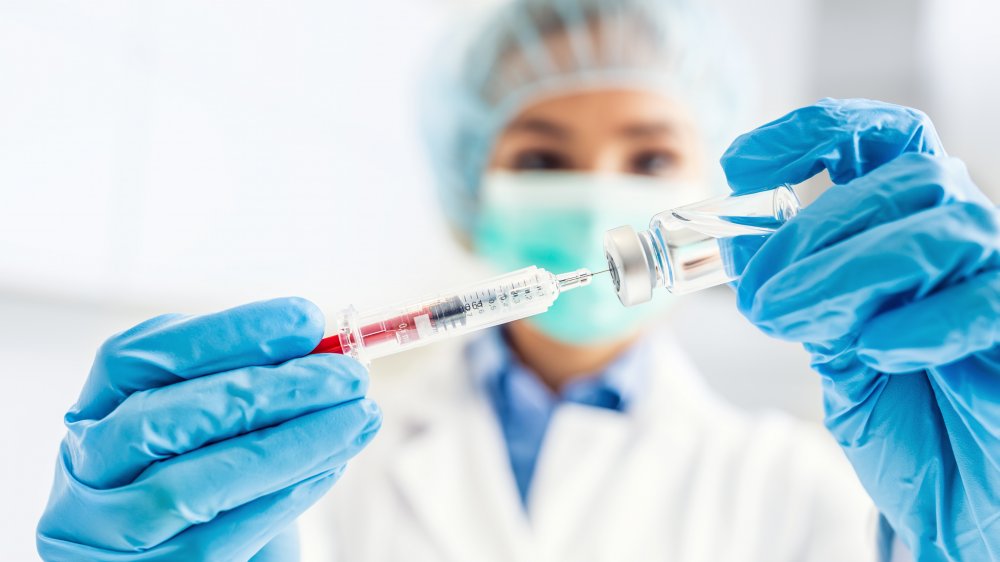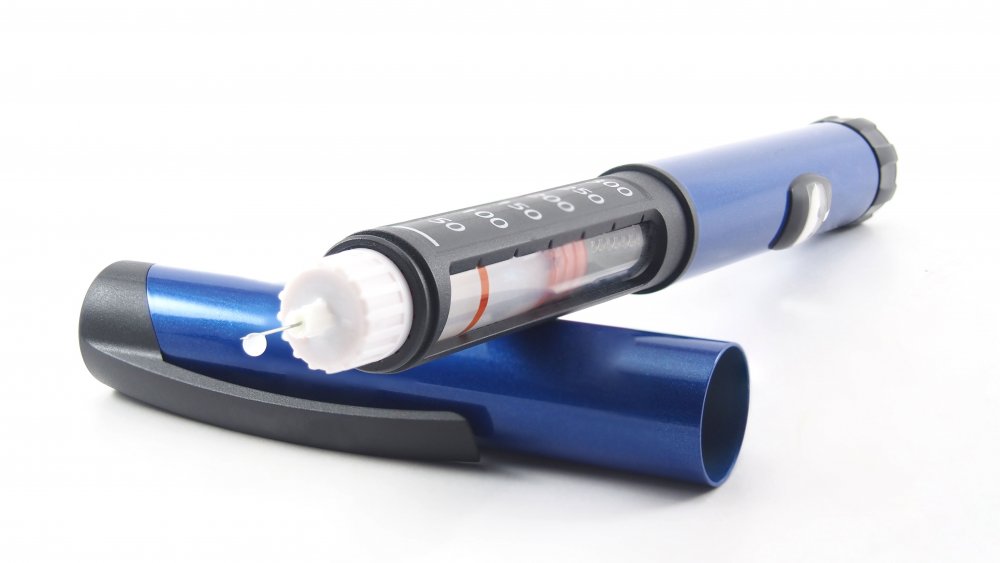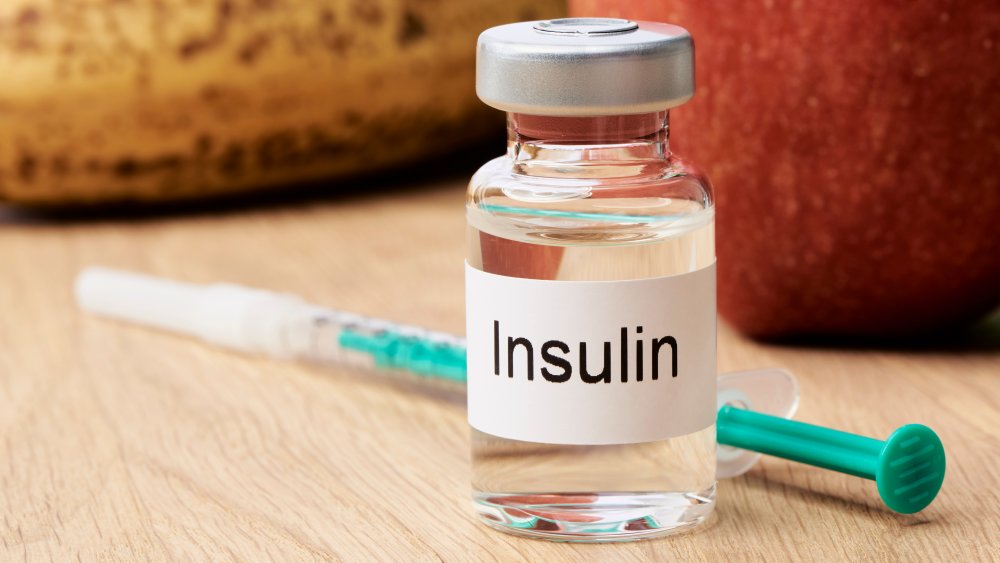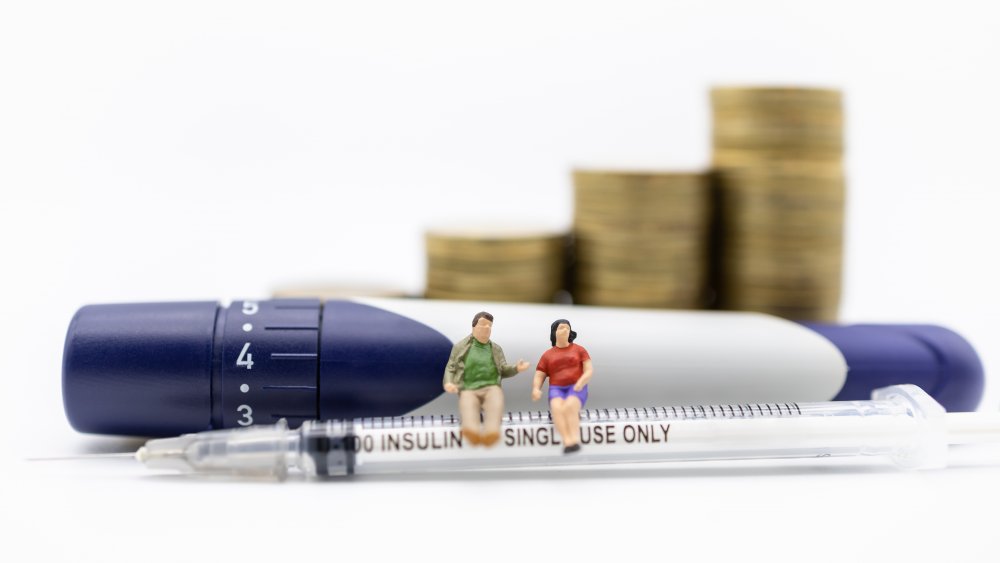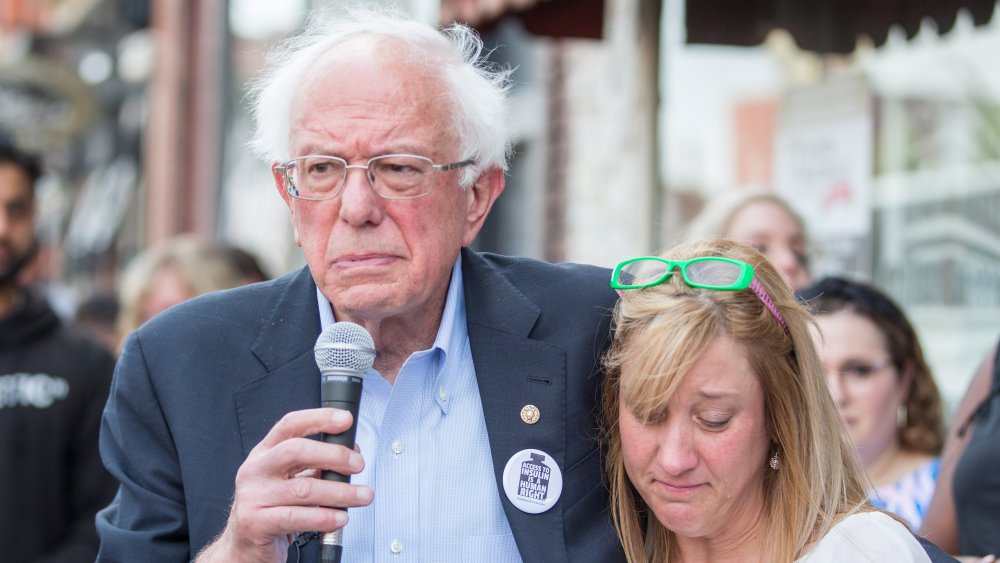Why Is Insulin So Expensive?
If you know a person with diabetes or just like to keep in the news loop, you may have noticed that the medication required to treat the ailment is in the middle of what Vox describes as an "insulin crisis". It's not just a cutesy, fearmongering name some media outlet came up with, either — professional publications and organizations such as Medscape, the New England Journal of Medicine and PubMed are also freely throwing the term around.
This is a particularly weird situation, seeing as insulin should be one of the cheaper drugs out there. Frederick Banting, James Collip and Charles Best came up with the substance in 1923, and Banting made it clear he wouldn't put his name on the patent because he felt it would be unethical for a doctor to profit from something that can save lives. In fact, the trio of inventors sold the patent to the University of Toronto for the kingly sum of $1, simply to enable everyone who needs the medicine to have enough money to get it. Yet, if we fast forward to modern times, we see that insulin can and often does cost hundreds of dollars: In 2016, a vial of insulin had the average cost of $450 ... and U.S. News tells us the stuff only costs about $3 to $6 to make.
So, what gives? What has happened within the last century or so to make diabetics have to ration their insulin and potentially risk their lives? Let's find out!
It's all about that sweet, sweet insulin money
As Vox tells us, researchers and doctors who have studied insulin have a pretty clear opinion about the root cause of the problem: Companies have used the "lax regulatory environment around drug pricing" to hike up the costs of their products, from insulin to old generic drugs and EpiPens. As Jing Luo of Brigham and Women's Hospital put it in 2017: "They are doing it because they can."
The reason they can do it in the first place is because the U.S. lacks an England-style central regulating body — basically, a government agency that coolly negotiates the maximum prices of drugs with pharmaceutical companies, and if a company doesn't agree on the pricing, tough luck — they'll just lose the market. The U.S., on the other hand, relies on the free market for drug pricing, leaving the companies free to negotiate prices with a bunch of private insurers. Funnily enough, not even Medicare can help. While it is the single largest buyer of drugs in the country, and could technically play hardball with Big Pharma, it just so happens to be "barred" from price negotiations.
What could be done to make insulin less expensive?
There have been several attempts to bring down the cost of insulin, as Vox tells us. There have been moves to control the costs on the level of individual states and businesses – for instance, in May 2019 Colorado took matters in its own hands and capped insulin price at $100. Individual insurance companies, such as Cigna, have also announced programs that cap the cost at $25 per month.
However, the sheer size of the problem means that true fixes need to be made on a federal level. As the Washington Post notes, the lawmakers are very much aware of the situation, and also rather frustrated with the way Big Pharma behaves. Unfortunately, the legislation around the issue is incredibly complex and will take some time for regulators such as the FDA to sort out. Fortunately, they are reportedly very much working on it, and eventually, we might see a comparatively simple fix to the solution — such as introducing a generic, vastly cheaper variety of insulin to the market.
Insulin prices in other countries
Now, here's the part that's really infuriating. Well, yet another one. When you look at the costs of insulin in other countries, the true scale of the situation unfolds. According to Vox, you can buy insulin in Canada for $36 per vial — around ten times cheaper than in the U.S. For poorer countries, such as India, China, Brazil, Ethiopia and Pakistan, BMJ Global Health reveals the median cost for human insulin was just $9 in 2016 (though certain long-acting analogues could be as "costly" as $44 a vial). Ouch.
Campaign for insulin
Interestingly enough, two Democratic presidential candidates have made a name for themselves tackling this very issue. Both Bernie Sanders and Elizabeth Warren have a history of battling insulin prices, and both have proven unafraid to challenge Big Pharma regarding the subject. Perhaps, if one of them gets elected, the situation gets resolved rather more speedily than it otherwise would — or at the very least starts getting enough attention to shame the drug companies into collaborating.
